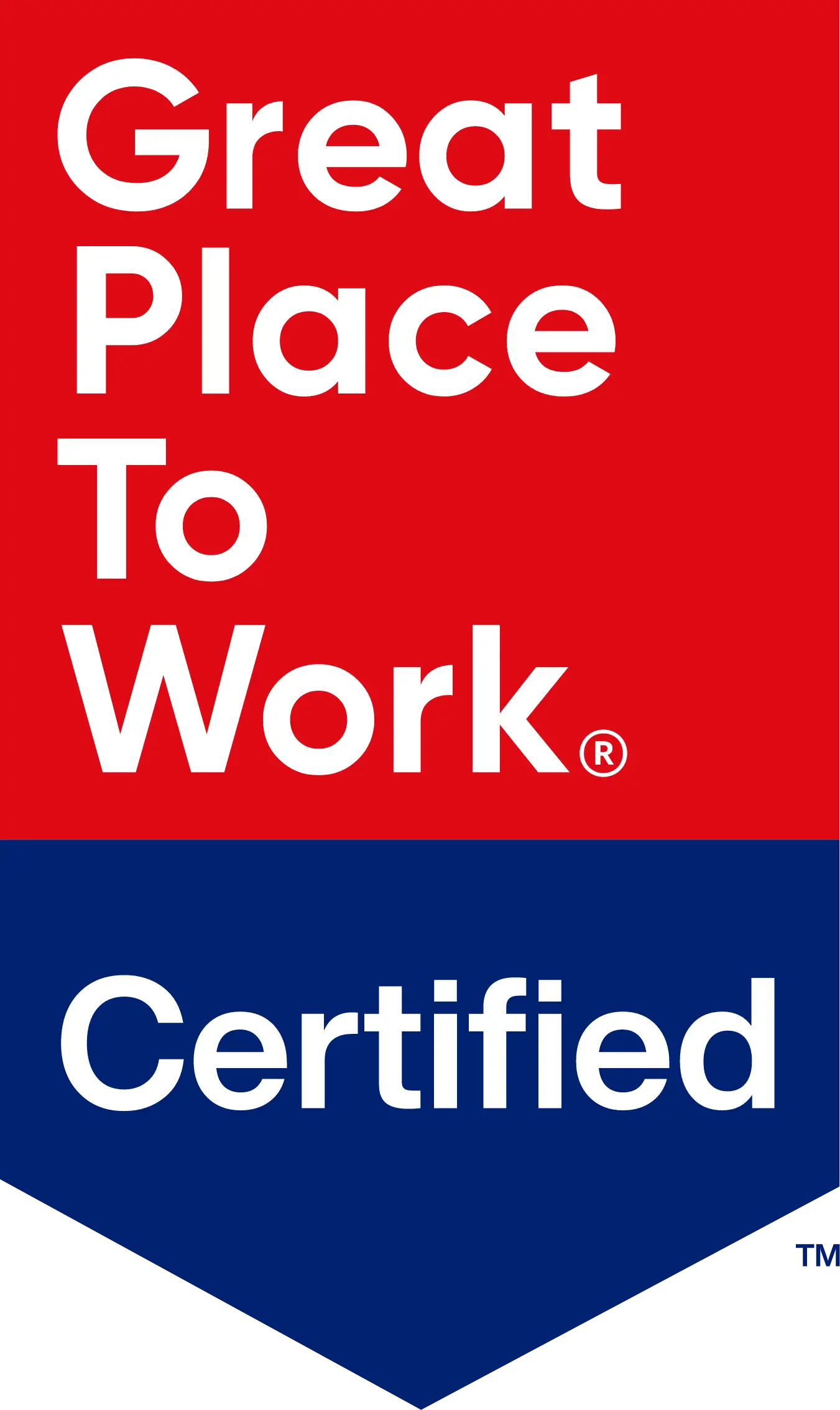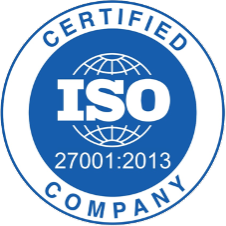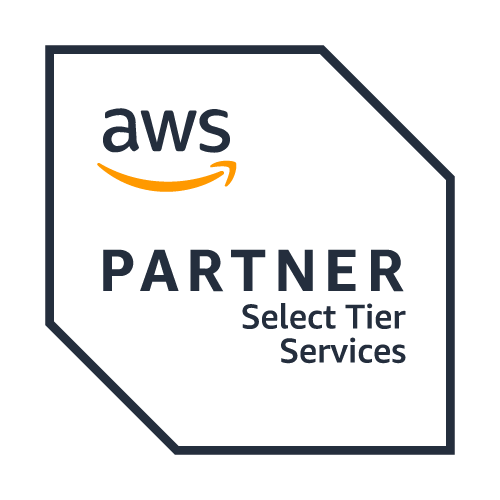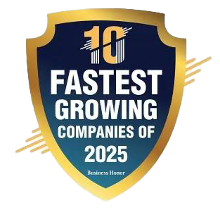
Share
Exploring The Rise of Everything as a Service (XaaS)
In a world brimming with rapid technological advancements, there are a swarm of cloud paradigms and concepts that are redefining the interactions with technology and software services. Among these cloud paradigms and concepts, XaaS (Everything as a Service) or (Anything as a Service) has been making great strides in transforming service delivery within the cloud infrastructure. This advanced cloud computing model delivers all the offerings of a business as cloud-based subscriptions, thus addressing the growing demand for these services. Moreover, this model helps businesses access and deploy advanced technologies, while adapting swiftly to market unpredictability and volatility.

Demystifying XaaS: The Cloud-Powered Trend
The rise of cloud computing and internet-connected devices has proliferated the presence of “as-a-service” models over the last few years. These models have been revolutionizing the way software, platforms, infrastructure, and other tech resources have been consumed. One such as-a-service model that has been gaining traction in recent times is XaaS, which refers to the concept of delivering everything or anything as a service. This model ensures that services, products, applications, tools, technologies, and other resources are delivered to users as a service over a network on a subscription basis.
The most common example of a XaaS cloud computing deployment model includes Software as a Service (SaaS), which is a cloud-based software distribution model where the host provides software applications as a service to the users on a subscription basis and over the internet. Zoho CRM, Google Apps, Microsoft Office 365, Salesforce, and Freshworks are a few examples of SaaS platforms.
The other examples of XaaS platforms - Platform as a Service (PaaS), the delivery of hardware and software applications; Infrastructure as a Service (IaaS), the delivery of IT infrastructure (storage, server, and networking resources); Function as a Service (FaaS) or serverless computing; Backup as a Service (BaaS), the delivery of cloud-based backup and recovery solutions; Container as a Service (CaaS), automated hosting and deployment of containerized software packages; Business Process as a Service (BPaaS), a BPO model; and Desktop as a Service (DaaS), the delivery of virtual desktop environments.
Some of the examples of these XaaS platforms include PaaS - AWS Beanstalk and Google AppEngine, IaaS - AWS EC2 and Azure Virtual Machines, FaaS - AWS Lambda and Azure Function Apps, BaaS - AWS Backup and Cohesity DataProtect, CaaS - Google Cloud Run and AWS Elastic Container Service, BPaaS - PayPal and eBay, and DaaS - Amazon WorkSpaces and VMware Horizon.
XaaS – A Connected Business Model
Beyond just modernizing IT, XaaS acts as a connected business model that drives digital business and transformation along with customer engagement. In contrast to a siloed approach, this model supports the provision of horizontal cloud-based services to diverse departments in a cohesive manner. With regards to customer engagement, organizations can develop a customer interaction module in a XaaS platform for the customer service team to manage and resolve the issues on time.
Benefits of XaaS
As one of the most advanced cloud computing models, XaaS comes with a wide range of benefits and perks, which makes it more affordable and accessible to a spectrum of businesses and users. XaaS provides the right kind of flexibility, agility, accessibility, and scalability that the legacy systems fail to provide. With regards to agility, XaaS enables businesses to innovate faster and develop new products, applications, and services to customers.
In terms of scaling, access, and flexibility, everything as a service model allows businesses to scale up and down, provides access to the latest technologies, and lets them stay flexible to leverage the requisite features. Furthermore, XaaS requires less investment in terms of both infrastructure and maintenance costs, as opposed to its predecessor technical architectures. Most importantly, XaaS allows small businesses and enterprises to focus on their core activities, thus doubling their productivity.

Evolution of XaaS
Many years back, businesses deployed a traditional model of offering products and services as distinct offerings followed by providing configurable, adaptable, and personalized solutions. This model slowly transitioned into a range of aftersales and subscriptions for service and software-based offerings and now, into everything as a service model offering each service, product, tool or anything as a service based on subscriptions. Each transition of the business model here represents the evolving customer needs and expectations while the focus remains on cloud-based technologies and digitization of products and services.

Today, with the rising prevalence of digital transformation, it is imperative that businesses curate a cohesive approach to deploying XaaS across their portfolio based on their requirements. Right from the right technology, customer engagement plan to business objectives, each aspect holds its own significance while curating a XaaS plan for your business.
The XaaS Market
Let’s delve into the predictions from a very recent IDC report titled “Worldwide Future of Digital Infrastructure 2024 Predictions – India Implications”. It reveals that the spending on as-a-service models is forecasted to grow significantly among many IT organizations by 2028. In fact, the global XaaS market size is expected to expand at a CAGR of 26.68% during the forecast period 2024-2031, reaching $876427.13 million by 2027. In 2023, this market witnessed a steady growth rate especially with the increasing adoption of strategies.
The Road Ahead
Most organizations in India are in the pursuit of enhancing agility, decreasing risks, and achieving faster time to market, while boosting productivity and customer satisfaction, through the deployment of modern digital infrastructure. Especially, the adoption of XaaS is poised to go mainstream as a well-connected business model, with the rise in the usage of cloud computing and high-bandwidth internet access.
Yet, there are a few challenges including reliability on the internet from the service providers, limited visibility across their environment, dependency on their services, security concerns, and hidden costs of XaaS, which are impacting the usage of XaaS and XaaS trends. Nevertheless, the XaaS revolution is expected to flourish as businesses benefit from a fleet of benefits and possibilities, thus making it an indispensable element of the modern digital infrastructure. The emergence of 6G, edge computing, big data, AI, ML, automation, IoT, and other new technologies is further propelling the growth of XaaS model across multiple industries.
About Us
We, at Cloud Destinations, offer a wide range of services, products, applications, tools, technologies, and other resources as a service to our customers. Feel free to learn more about our services, management, work culture, and other information by tapping this link - https://clouddestinations.com or writing to us at info@clouddestinations.com with any query or suggestion.

 Back
Back














 Linkedin
Linkedin








